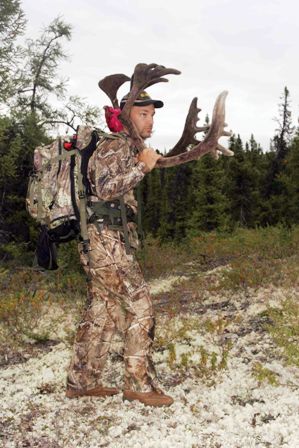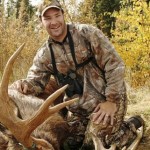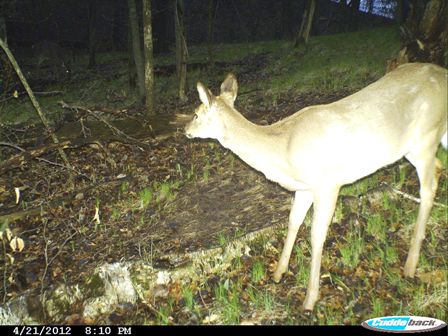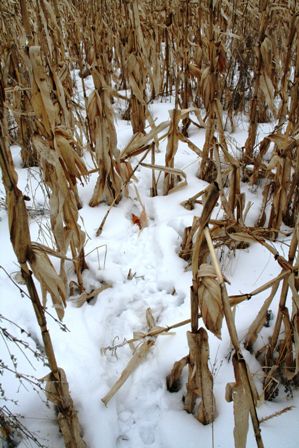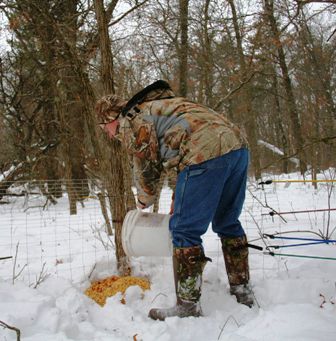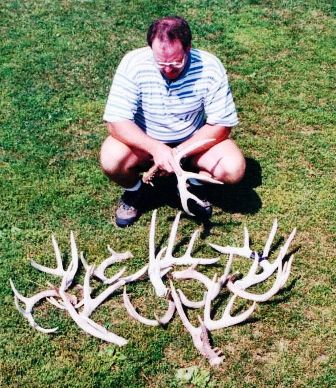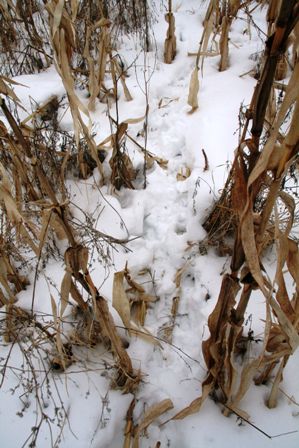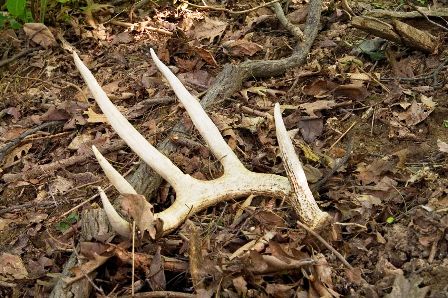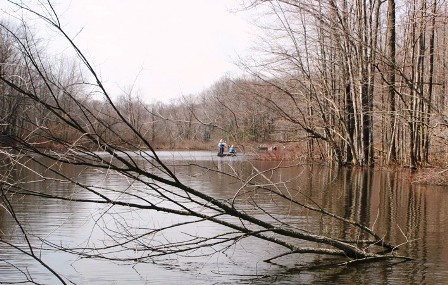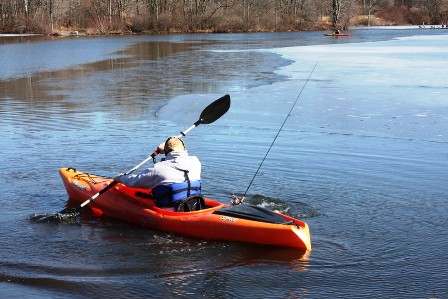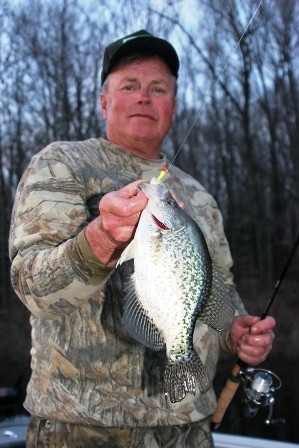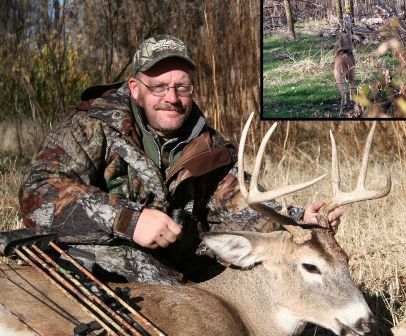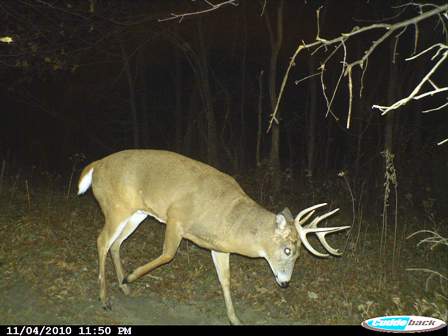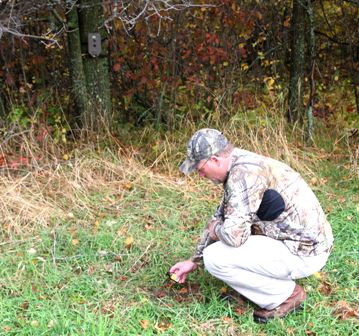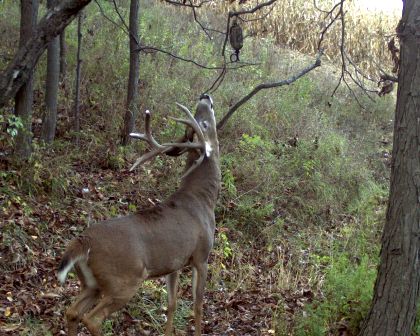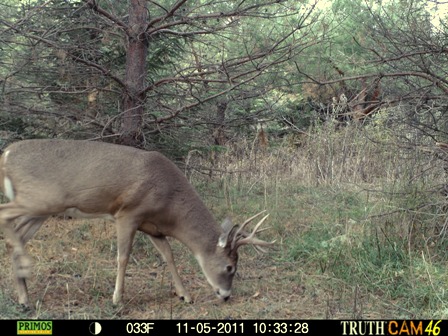By Tracy Breen
You have a dead elk on the ground – now what do you do?
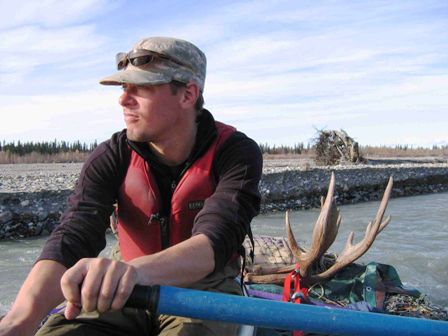
Steven Rinella eats only wild game. He knows a thing or two about how to get backcountry meat, and how to care for it.
It’s not as easy as picking up a shrink-wrapped steak at the grocery store. The secret to quality wild meat is proper field care – an art that many hunters don’t completely understand.
People who truly understand backcountry meat care know that getting meat home can be an enormous amount of work. Coolers and freezers are miles away from the kill site, adding urgency to the job of getting meat out of the field. Accomplishing that feat and having the meat still edible when cooked is a bigger challenge than shooting a whitetail on the back 40, dragging it home, and hanging it in the garage or dropping it off at the local meat processor. But have no fear—accomplish these three essential tasks and your meat will be a culinary delight.
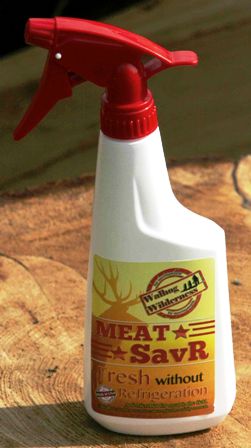
This spray was designed to keep meat from spoiling. Spraying meat with Meat Savr helps keep bacteria from forming as
quickly on the meat.
1. Keep your meat cool: You’ve heard people complain that venison tastes gamey. That’s not because venison has an off taste. It’s usually the result of poor meat care. According to Eric Wahlberg from Walhog Wilderness, makers of Meat Savr spray, the most important thing that people ignore is air temperature. “If the air is above 45 degrees or so when an animal is shot, bacteria will begin to grow,” Wahlberg said. “Even if it is cold at night, if it gets warm during the day, meat will begin to spoil. Most hunters know this but they ignore it and think that their meat will be okay for a few days. That is not true. When temperatures are warm, meat starts spoiling. Even if it doesn’t spoil completely, it will surely have an off taste at the dinner table.”
2. Keep your meat dry: Few people spend as much time in the backcountry as Steven Rinella, the host of the MeatEater television show on the Sportsman Channel. “When caring for backcountry meat, keep three words in mind: cool, clean, and dry. Maintaining these conditions in adverse circumstances can be challenging, but it’s usually possible if you’re adaptive and use your imagination,” said Rinella. “Keep the quarters in breathable game bags and hang them in a shaded area where they can get some breeze. You want to allow airflow between the quarters, so don’t stack them together. If you need to use tarps or plastic sheeting to protect them from rain or snow, put down a buffer of brush to keep the plastic from making contact from the meat. On float trips, the water is often much cooler than the air during the daytime. Think about resting the meat in the hull of a raft or canoe at night, where it’s cooled by the water beneath and shaded overhead by a tarp. Conditions will always vary, of course, but the right frame of mind will help keep you and your game meat in healthy shape.”
3. Keep your meat clean: It’s your meat, so you are responsible for its cleanliness. That means you protect it with game bags, which allow an outer skin to form that seals bacteria out and keeps flies from laying their eggs on it.
Chris Denham from Wilderness Athlete knows plenty about meat care. Denham is also part owner of Western Hunter TV. As a result, Denham spends a lot of time in the backcountry. He believes one mistake many hunters make is not deboning their meat. “Packing out an elk quarter with the bone in can be very physically demanding and can make cooling the meat down more difficult. I always debone the meat, and stuff it in a game bag. When I get back to camp, I will separate the large pieces of meat and put them individually into meat bags so they will cool extremely quickly.” What Denham is saying is that cool and clean go together—you can’t keep warm meat clean because bacteria thrives in warm meat.
Denham believes everyone needs to make a plan. Many hunters don’t think about meat care until they have a dead elk on the ground in front of them. “A question all backcountry hunters must ask themselves is can they handle an 80-pound pack? If the answer is no, they better know the name of a good horse packer,” Denham advised.
A few years ago while hunting in the backcountry, my buddy and I knew the name of a good horse packer. After packing out one elk on our backs, we hired the packer to come pack out our second bull. With temperatures in the eighties during the day, the meat from the second bull would likely have spoiled if we didn’t have a satellite phone and the number of a local packer.
Meat care, whether you are a hundred yards behind your house or ten miles into the mountains, all boils down to being practical, patient and responsible. Keep the meat cool no matter what it takes, keep it dry and keep it clean. To do these three things, you must plan accordingly and bring the right gear with you. By planning, having good game bags, a tarp, and good knives (nothing’s better than a Havalon for field work) you’ll end up with a freezer full of the best meat that money can’t buy.
For more great articles by Tracy Breen, click here.
***
Tracy is a full-time outdoor writer and consultant in the outdoor industry. He works with a variety of television shows and outdoor brands including Havalon Knives. Learn more at www.tracybreen.com.
8,145 total views, 1 views today



